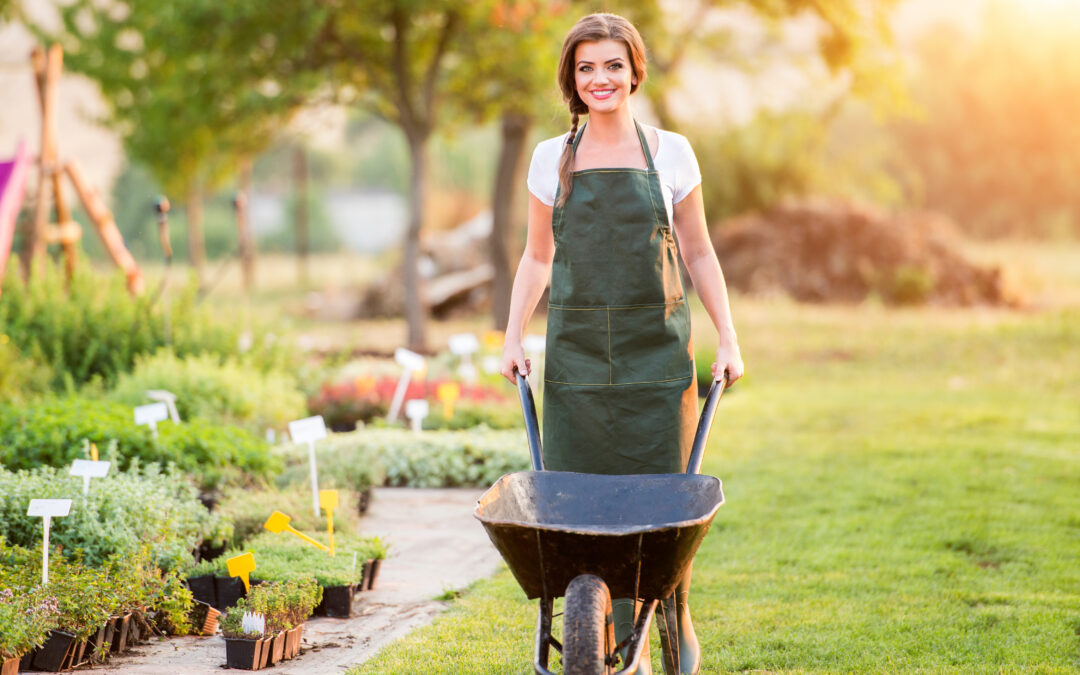Are you ready to start your own organic garden? If so, this beginner’s guide is just what you need. Organic gardening has become increasingly popular in recent years as more people seek out fresh produce that hasn’t been treated with chemical pesticides and fertilizers. In this post, we will cover everything from choosing the right plants and seeds to harvesting and preserving your crops. Let’s get started!
Introduction to Organic Gardening:
Organic gardening involves growing vegetables, fruits, herbs, and flowers without using synthetic pesticides or fertilizers. Instead of relying on these conventional methods, organic gardeners use natural techniques such as composting, crop rotation, and companion planting to keep their gardens healthy and thriving. By avoiding chemicals, organic gardeners can create a safer environment for themselves, their families, and local wildlife. Additionally, organically grown food tends to be tastier and more nutritious than conventionally grown produce.
Choosing the Right Plants and Seeds:
When selecting plants and seeds for your organic garden, it’s essential to choose varieties that are well-suited to your climate and soil conditions. Consider factors like sunlight exposure, water availability, and temperature ranges when making your choices. You may also want to research which plants are most resistant to common pests and diseases in your area. Some great options for beginners include tomatoes, lettuce, spinach, radishes, and green beans.
Preparing Your Soil for Planting:
One of the keys to successful organic gardening is having healthy soil. To prepare your soil for planting, begin by removing any debris or weeds from the area. Next, add plenty of organic matter, such as compost or manure, to enrich the soil and improve its drainage and moisture retention capabilities. You may also want to consider adding mulch to help retain moisture and suppress weed growth.
Maintaining an Organic Garden:
Once your garden is established, there are several things you can do to maintain it organically. For example, you can attract beneficial insects to your garden by planting flowering plants that are known to attract them. You can also make your own natural pest repellents using ingredients like garlic, hot peppers, and neem oil. Another important aspect of maintenance is regular pruning and trimming to encourage healthy growth and prevent disease spread.
Harvesting and Preserving Your Crops:
Finally, once your crops have matured, it’s time to harvest and preserve them. Depending on the type of crop, you may be able to eat it raw or cook it immediately. Other crops may require some form of preservation, such as freezing or canning, to extend their shelf life. Be sure to follow safe handling practices to minimize the risk of contamination or spoilage.
In conclusion, starting your own organic garden can be both rewarding and challenging. However, with careful planning, attention to detail, and a little bit of elbow grease, anyone can create a beautiful and bountiful organic garden. Happy gardening!




